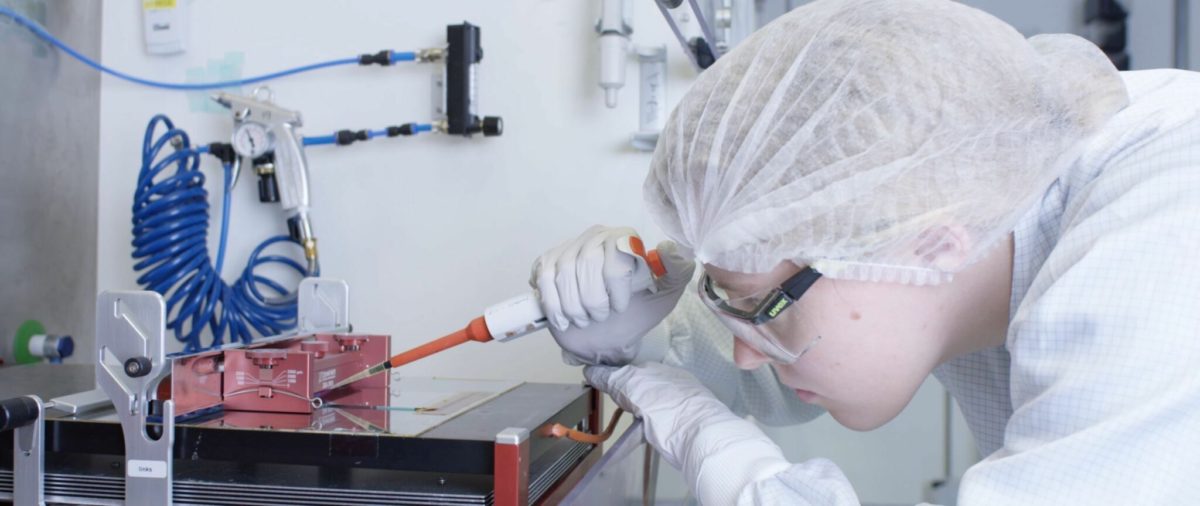Since their manufacture requires considerably less energy than crystalline silicon solar products, perovskite solar cells are already seen by many as part of a much greener future for the solar industry. However, The use of toxic materials in solvents is one source of environmental concerns as perovskites move closer to commercial production.
The precursor materials for the perovskite solar cell have to be dissolved in a solvent to be evenly applied to a substrate. These solvents most often contain dimethylformamide (DMF), which is toxic to humans and the environment. In production, its safe treatment and disposal would lead to increased costs for the solar cells in the end.
Scientists led by Germany’s Center for Solar Energy and Hydrogen Research Baden Württemberg (ZSW) searched for a material with rare of properties of being both non-toxic and suitable as an industrial solvent, settling on dimethyl sulfoxide (DMSO), which has already been used in conjunction with other solvents in perovskite cell production, but is more challenging to use by itself.
“DMSO actually looks to be unsuitable for this coating process. It is a solvent with high surface tension and viscosity, which leaves an uneven layer deposited on the solar cell,” the group explained. “DMSO also makes it difficult to control the crystallization process, which often results in small perovskite crystals and a cell that generates less solar energy.”
Blade coating
The group’s experiments with DMSO are detailed in the paper One-Step Blade Coating of Inverted Double-Cation Perovskite Solar Cells from a Green Precursor Solvent, published in Applied Energy Materials.
Popular content
By modifying the film formation and drying processes they were able to overcome these problems, “We used a surfactant made of silicon oxide nanoparticles to coat the perovskite solar cell and adapted the drying process,” said ZSW scientist Jan-Philipp Becker. “With these two improvements, the process now produces uniform layers with large crystallites.”
Using a blade coating process to apply the dissolved cell material to a glass substrate, the group achieved 16.7% efficiency, a strong result compared to the 16.9% it achieved using DMF as a solvent. The cells produced in this study measured 0.24 cm².
The group’s next challenge will be to demonstrate larger devices produced through the same process, and it is now targeting mini modules measuring 30 cm x 30 cm. “These new research findings are an important milestone on the path to industrial production,” said Becker. “Now we will further optimize the manufacturing process and produce larger modules.”
This content is protected by copyright and may not be reused. If you want to cooperate with us and would like to reuse some of our content, please contact: editors@pv-magazine.com.



1 comment
By submitting this form you agree to pv magazine using your data for the purposes of publishing your comment.
Your personal data will only be disclosed or otherwise transmitted to third parties for the purposes of spam filtering or if this is necessary for technical maintenance of the website. Any other transfer to third parties will not take place unless this is justified on the basis of applicable data protection regulations or if pv magazine is legally obliged to do so.
You may revoke this consent at any time with effect for the future, in which case your personal data will be deleted immediately. Otherwise, your data will be deleted if pv magazine has processed your request or the purpose of data storage is fulfilled.
Further information on data privacy can be found in our Data Protection Policy.